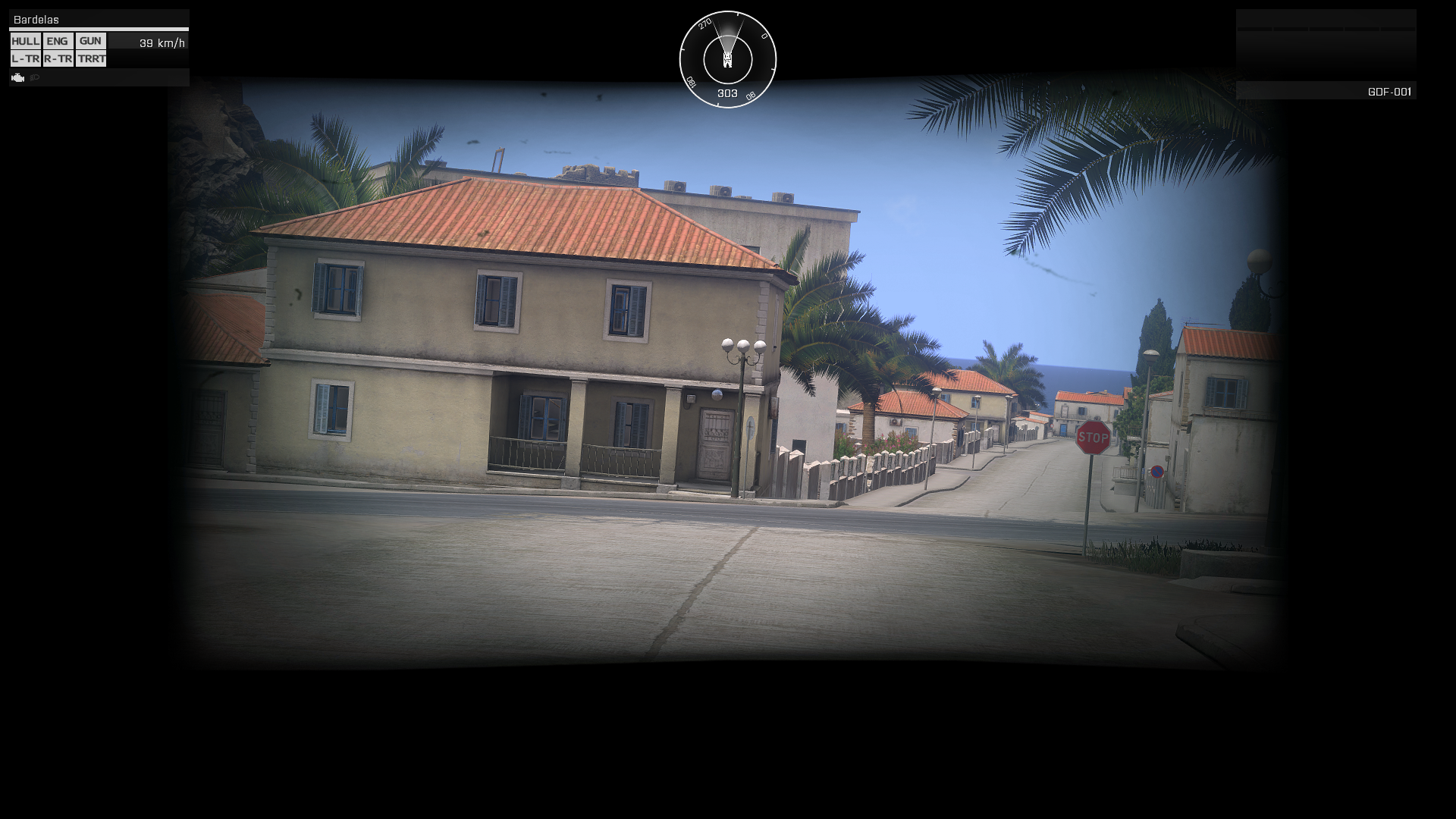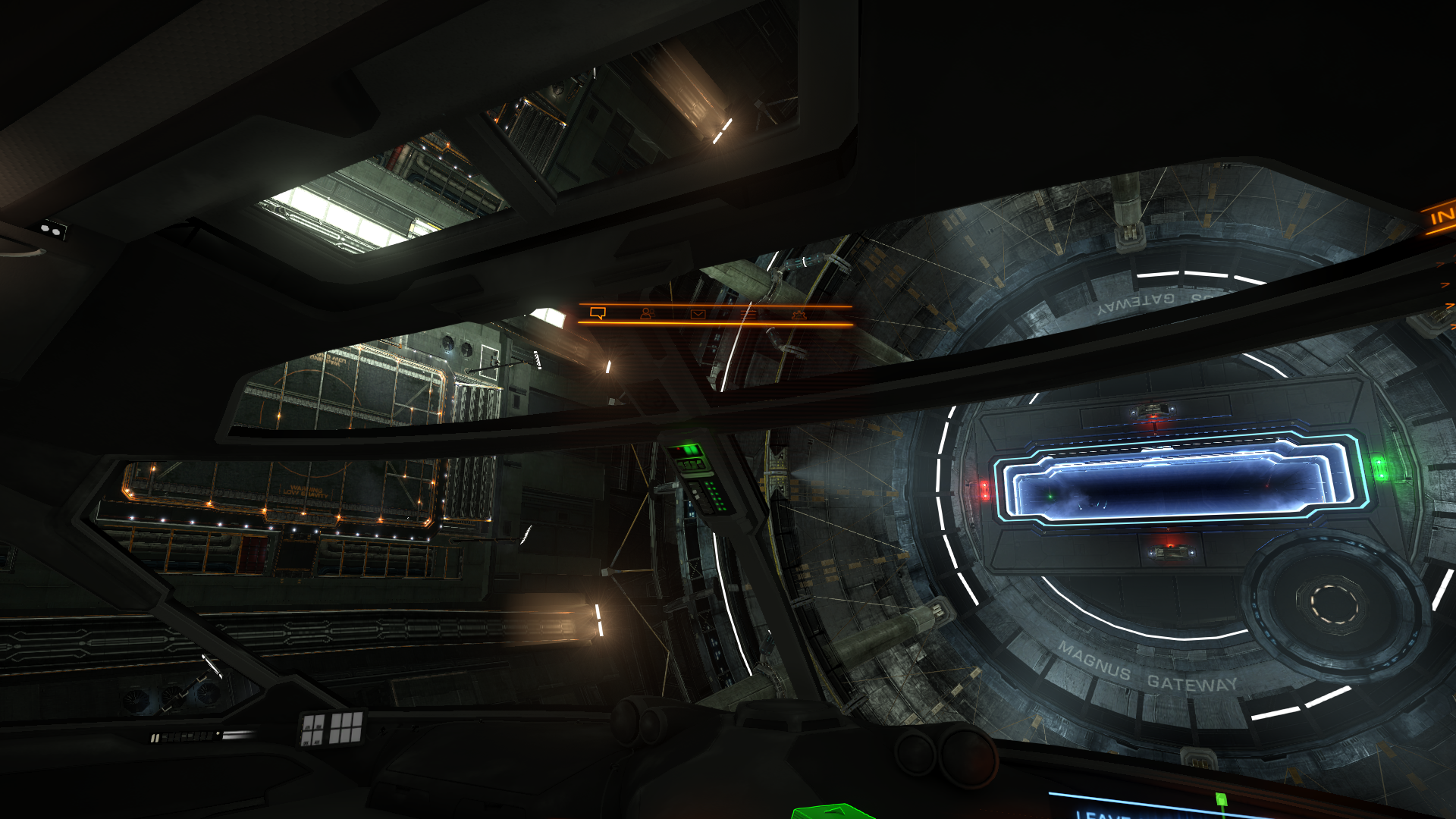FOV isn’t everything: How claustrophobia creates immersion

We write about FPSes each week in Triggernometry, a mixture of tips, esports, and a celebration of virtual marksmanship.
A couple of weeks ago we spent time with Space Beast Terror Fright, the alien-blasting FPS with the giant guns and tiny corridors. Clomping around inside Space Beast Terror Fright’s narrow hallways is claustrophobic—thanks, in part, to a narrower-than-usual field of view. PC gamers routinely push, cajole, beg, and mod custom FOV controls into games whenever possible, and some argue that a wide FOV is critical for all PC games.
I don’t agree. The field of view, just like any other design element, is a tool developers use to create an experience. Let’s stop thinking of FOV as a line-item in an options-menu must-have list. The FOV controls what we see in a game, and we should give developers the freedom to use that power.
None of this is to excuse sloppy PC ports of console games, however. In those cases, the standard 60-degree FOV is better suited to being viewed on a giant TV from across a room—up close, it’s a nauseating mess. To be clear, all games should be physically comfortable to play.
According to Space Beast Terror Fright developer Johannes Norneby, the game’s FOV is 90 degrees, and he has no plans to include a custom slider. A 90-degree FOV was pretty standard in the days of Quake and Doom, but a lot of modern FPSes let players adjust their FOV up to 100 or 120 degrees. For players in Space Beast Terror Fright, their 90-degree window is cluttered and likely to be filled by an alien maw at any moment. The FOV helps give the game its feeling of menace and claustrophobia, but it also has a relationship to other game mechanics.
“When you get ‘scared’ in Space Beast Terror Fright, the FOV increases to maximally around 150 degrees in extreme cases,” Norneby said. This change pulsates with the sound of a heartbeat, so the closer you get to aliens without taking action, the more freaked out a marine becomes. “I suspect that what you experience as a narrow FOV is caused by both the helmet and visor design in conjunction with the cone of the flashlight, which slowly decreases over time with draining battery. This creates a sort of vignette effect in the image, where the edges are darker.”
Combining these dynamic FOV changes with a custom FOV slider could lead to view angles of greater than 180 degrees, which would cause all kinds of chaos in the game’s internal calculations. Norneby has no plans to add an FOV slider, though there is a way to tone down the pulsations if it’s causing motion sickness. This is a perfect example of a developer using the FOV to simulate fear, adrenaline, claustrophobia, and anxiety in a character. Demanding a slider would take those tools away from Norneby to make the game he wants to make.

We’ve written plenty about Arma 3 in this column, but one thing we’ve never mentioned is its use of sight and blindness as a tool. In Arma, infantry combat comes with no heads-up displays or enemy markers or any of the other conveniences players in other FPSes use to find targets. Sharp vision and keen powers of observation are a skill—maybe even a superpower.
Keep up to date with the most important stories and the best deals, as picked by the PC Gamer team.
When vision is as crucial as it is in Arma, taking away sight becomes even more meaningful. Vanilla Arma 3 doesn’t offer a FOV slider, so first person soldiers aren’t able to expand their peripheral vision. For drivers of armored cars or helicopter pilots, the physical contours of their vehicles block important visual information. Experienced pilots have to develop an instinct for the size of their vehicles and rely on squadmates to communicate information they can’t see for themselves.

Elite: Dangerous pulls a similar trick to make different ships feel different to players: a zippy fighter like an Eagle has a glass dome spanning almost 180 degrees of visibility. A clunker transport like the Adder sports a narrow windshield, like driving a minivan with warp engines. Using the freelook button or wearing a headset like the TrackIR or Oculus Rift lets pilots look around more, but what transport pilots can see is mostly bulkhead and decking. Low-tier transports are also slower and less agile than fighters. Flying a basic transport in Elite: Dangerous feels vulnerable in part because dogfighting is discouraged by the pilot’s viewport. What you can see and what you can’t becomes a part of the game.
I hope we can push back against the knee-jerk instinct to insist that every first-person game come with an FOV slider. We should come around to the idea that FOV—just like lighting, particles, and textures—is a graphical tool developers use to build a sense of place. Blacklisting or writing off fixed FOV games without regard for context deprives us of valuable, immersive experiences.

